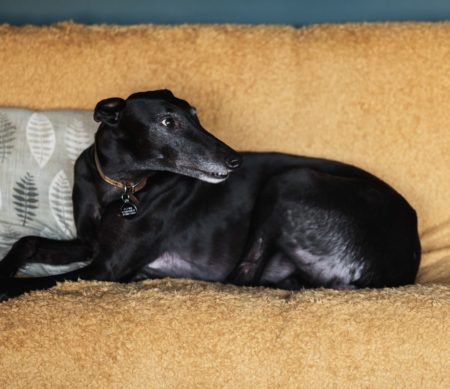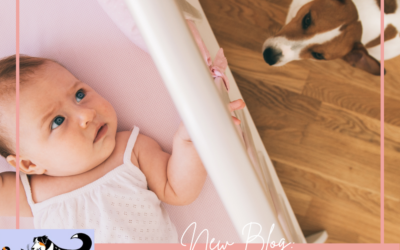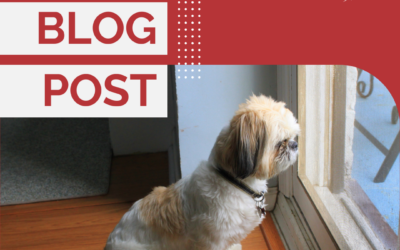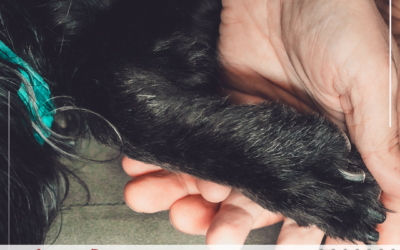This is the last installment of my Resource Guarding Series.(click the link if you’ve missed any of the previous posts) but tomorrow right here I’ll be releasing a special infographic about resource guarding so be sure to check back here. Today’s post is discussing two other types of guarding we sometimes see – location guarding and guarding of the dog’s favorite person. These two are a little different than food or object guarding, in the sense that sometimes it’s not as clear if the dog is guarding or if there’s another issue at play.
Location/resting spot guarding
Dogs do guard resting spots, like beds and couches. Nobody likes being disturbed in the middle of a nap or resting, and dogs are no different. Often when owners want their dog to vacate a spot on the couch or bed, they will just physically move the dog, maybe by collar grabbing and dragging the dog off or maybe by squishing in and moving the dog to a different spot, so the human can sit where they want to. But in these instances, the dog was resting and was forced to move, which could cause a dog to being to growl or snap to prevent having their resting spot removed. Or, in the cases where the dog is physically dragged by a collar, this could be hurting the dog, cutting off their airway or otherwise making them physically uncomfortable. If this happens, sometimes the dog will not only be uncomfortable when they think they’re going to be forced to move, but this physical manipulation could being to cause some body handling issues, where the dog doesn’t like to be touched on a certain body part.
But sometimes the opposite happens. Sometimes the dog has body handling issues already and growls when the owner tries to relocate the dog, not necessarily because the dog is upset about losing his resting spot, but because he doesn’t like to be touched in a certain way. So when a dog presents for location guarding, a rule out needs to be done for body handling issues and care should be taken to ensure our handling of the dog in our attempts to move him, aren’t causing body handling issues. A qualified professional trainer should be able to help make this determination and provide a training plan with better options to help the dog learn to be more comfortable vacating resting spots or help train alternate behaviors that could be used instead of needing to physically move a dog. We never need to coerce or physically manipulate a dog. We can train them to move their own bodies and vacate spots when asked.
Person Guarding
Sometimes dogs will guard their favorite person and growl or show signs of discomfort when someone approaches when they’re near their person. Sometimes dogs will guard their person from other dogs. When we suspect guarding of the favorite person, especially when this happens with strangers, we need to do a rule out for stranger danger. Often people will self-diagnose their dog as “guarding them” but more often than not, after doing a consult, the dog isn’t guarding at all – the dog has stranger danger, or fear of unfamiliar people. People jump to the conclusion their dog is guarding them, maybe because it makes us feel a little better to think our dog loves us so much they want to protect us, rather than coming to terms with the fact that their dog is afraid of people. So when someone comes to me saying their dog is guarding them, we make sure to dig in and see how the dog is with strangers approaching the dog, petting the dog and coming into the home. These things can be very telling about whether the dog has stranger danger or is actually guarding their person.
Where do I see person guarding? Usually in the home, guarding against a partner or spouse. The scenario usually looks something like, dog and favorite person are sitting on the couch or in bed together and the partner comes to sit on the couch or get into the bed, and the dog growl or lunges at the partner. Now, just like above where I talked about location guarding, in both of these scenarios, we’d need to do some digging to ensure the dog isn’t location guarding and that there’s not a history of the partner forcibly removing the dog in these contexts.
As you can see, location and food guarding aren’t always as straight-forward as other types of guarding. But, if you have a guarder, whether it’s food, toys, location, favorite person or high value chews, reach out to me for help. These sessions are easily done via remote video sessions so it doesn’t matter where you are in world – I can help you!
Happy training!
![]()




